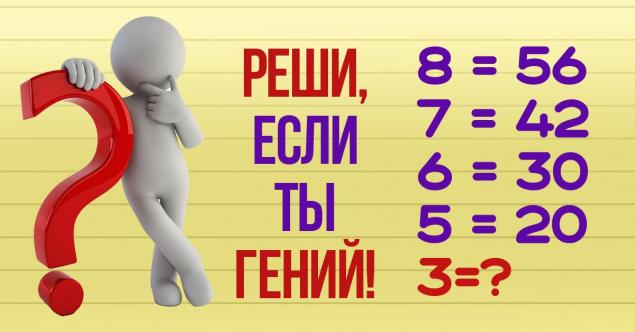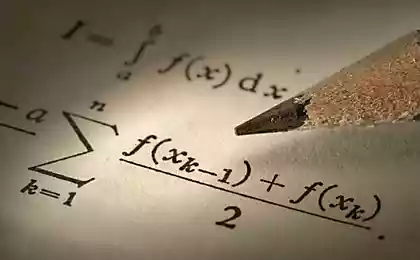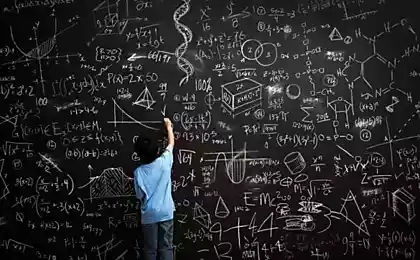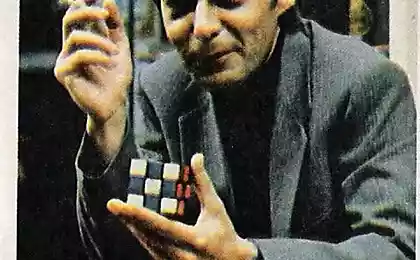265
Mathematical puzzles with answers for real smart people
In today’s article, we collect examples in which you need to continue a particular sequence of numbers. The proposed mathematical puzzles with answers allow you to demonstrate both ingenuity and logic, revealing those who are able to think outside the box.

It is these smart people that IT corporations recruiters chase. After all, finding graduates with high scores in the labor market is not a problem.

It is much more difficult to find employees who can demonstrate breadth of thinking and creativity in solving the most difficult problems.
Mathematical puzzles with answers
GettyImages
Responses
I hope your answers match ours. But that doesn’t necessarily mean that the example-solving algorithm should be the same. If you can find other patterns, share them in the comments. We'll develop logic together.
The article and the preview used photos.

It is these smart people that IT corporations recruiters chase. After all, finding graduates with high scores in the labor market is not a problem.

It is much more difficult to find employees who can demonstrate breadth of thinking and creativity in solving the most difficult problems.
Mathematical puzzles with answers

GettyImages
- For warm-up as the first task, we suggest finding a pattern and continuing with examples that seem to have been solved completely incorrectly.
1 + 4 = 5
2 + 5 = 12
3 + 6 = 21
8 + 11=? - What is the logic behind the numbers? Try to figure it out.

15 * 15 = 9
26 * 26 = 19
37 * 37 =? - Did you manage to handle the second example? Then things will get easier.
2 + 3 = 10
8 + 4 = 96
7 + 2 = 63
6 + 5 = 66
9 + 5 = ? - After all that we have already gone through, this sequence should no longer cause serious difficulties.

5 + 3 = 28
9 + 1 = 810
8 + 6 = 214
5 + 4 = 19
7 + 3 = ???? - And a snack.
8 = 56
7 = 42
6 = 30
5 = 20
3 = ?
Responses

- Looking at the first three examples, we notice that the correct result can be obtained by multiplying the terms and adding the first number to the result. Hence the answer. 96.
1 * 4 = 4 + 1 = 5
2 * 5 = 10 + (2) = 12
3 * 6 = 18 + (3) = 21
8 * 11 = 88 + (8) = 96 - In the second example, the pattern is more complex. But there's an answer. Let’s start with the correct answers.

15 * 15 = 225
26 * 26 = 676
37 * 37 = 1369
How do you get 9 out of 225? Consistently adding up all his numbers! Using this method, we get the following.
225 -> 2 + 2 + 5 = 9
676 -> 6 + 7 + 6 = 19
1369 -> 1 + 3 + 6 + 9 = 19.
The number is 19. - The approach is similar to what we used in the previous example.
2 + 3 = 5
How do you get 10 out of 5? Multiply by 2! 2 This is the first of our kind. We get the formula ( + y) * x (2 + 3) × 2 = 5 × 2 = 10
(8 + 4) × 8 = 12 × 8 = 96
(7 + 2) × 7 = 9 × 7 = 63
(6 + 5) × 6 = 11 × 6 = 66
(9+5) × 9 = 14 × 9 = 126
The correct answer is 126. - After the equal sign, the difference and sum of numbers from the left side of the expressions are consistently recorded. 5 – 3 = 2, and 5 + 3 = 8. Then for example with 7 and 3 need 7 - 3 = 4, and 7 + 3 = 10. So the answer is 410.
- Write the numbers from the right column as the products of two multipliers
56 = 8×7
42 = 7×6
30 = 6 x 5
20 = 5 x 4
You don’t have to be an Einstein to catch a pattern. The second factor is always 1 less than the first. It remains to apply the rule found to the number 3. 3 * (3 - 1) = 6
The correct answer is 6.
I hope your answers match ours. But that doesn’t necessarily mean that the example-solving algorithm should be the same. If you can find other patterns, share them in the comments. We'll develop logic together.
The article and the preview used photos.
Who will receive a lucky card in May?
I mercilessly pull out “male” bushes of strawberries, leave “girls” for large berries.


























